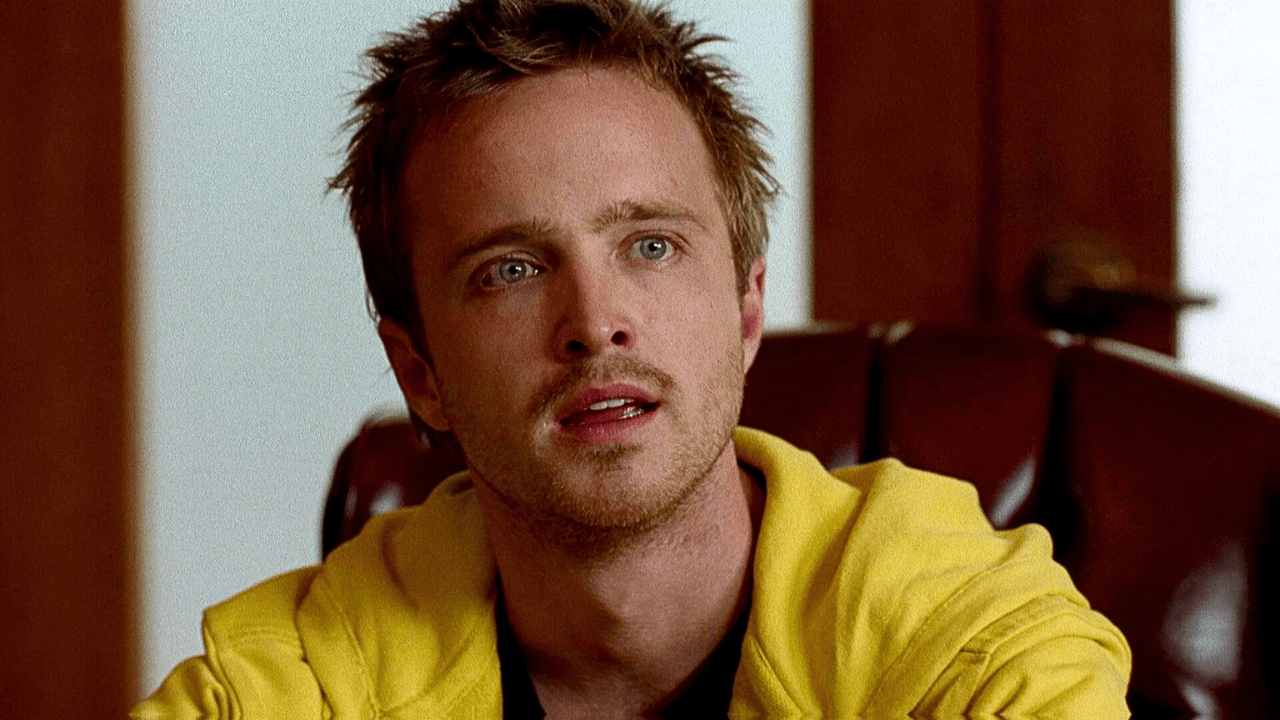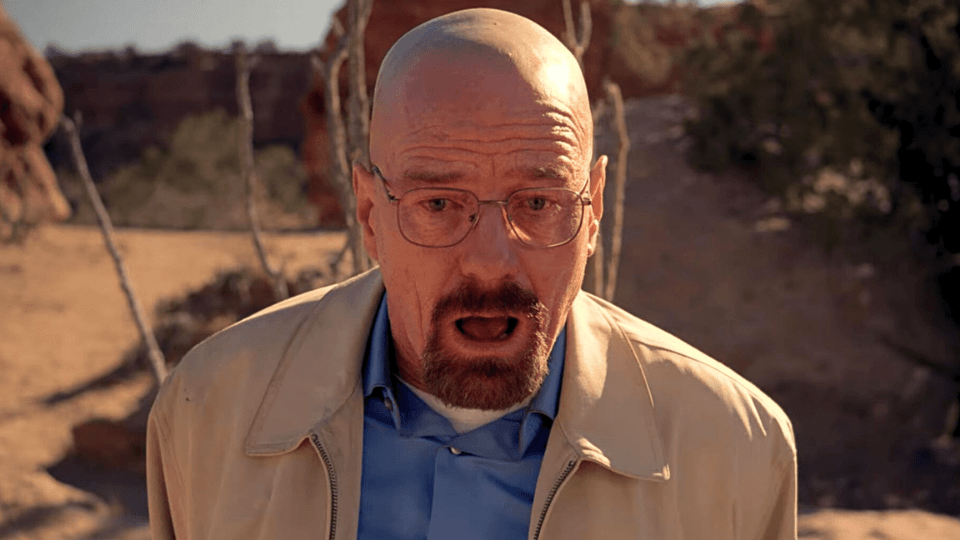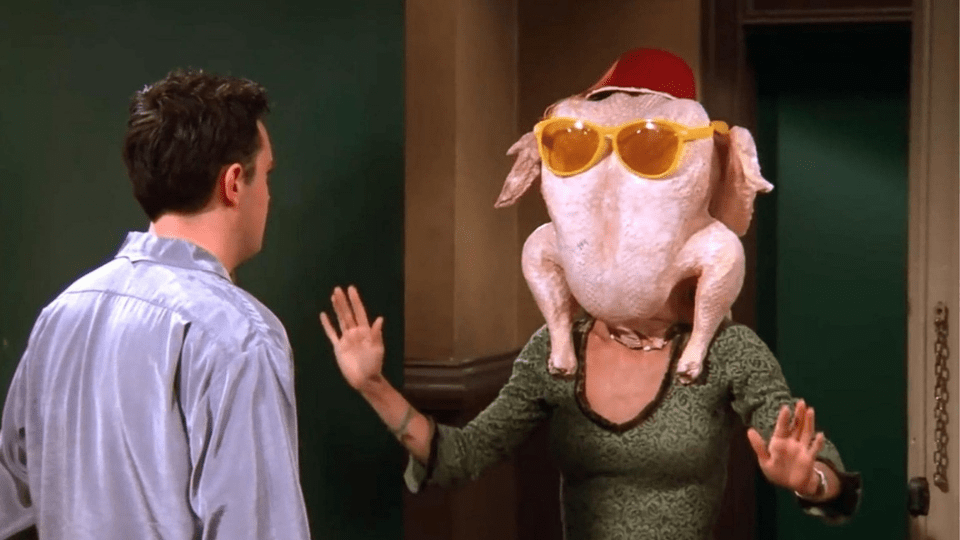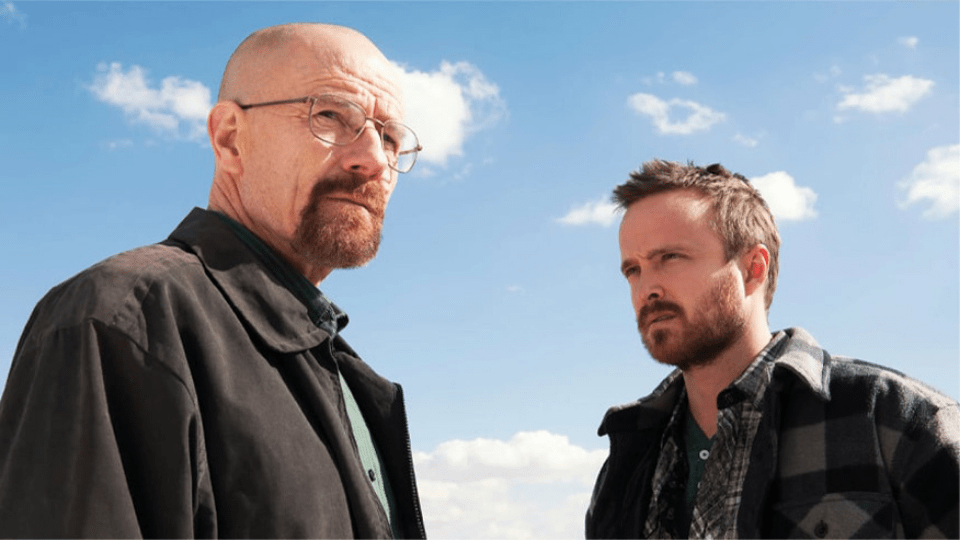Breaking Bad is widely celebrated as one of television’s greatest dramas, but behind its gripping storyline lies a wealth of fascinating production stories and creative decisions that helped shape the show’s legacy.
Here are three surprising facts about Breaking Bad that even some of its biggest fans might not know.
Jesse and Hank Were Initially Planned for Only One Season
When AMC greenlit Breaking Bad, creator Vince Gilligan had originally mapped out nine episodes for the first season. However, the 2007 Writers Guild of America strike forced a reduction to just seven episodes, leading to major changes in the storyline. Among the boldest ideas Gilligan scrapped was the planned death of either Jesse Pinkman or Hank Schrader in the season finale. Jesse’s death, in particular, was meant to be a tragic accident during a drug deal gone wrong - a haunting event that would have deeply impacted Walter White and possibly altered the course of the entire series.
Thankfully for fans, the decision was reversed. Gilligan later realized how crucial Aaron Paul’s and Dean Norris’ performances were to the show’s success, prompting their characters to remain integral parts of the story. This change dramatically shaped the show’s future arcs and emotional depth.
Jesse Plemons Shares a Surprising Connection to Matt Damon
Season 5 introduced a chilling new antagonist: Todd Alquist, played by Jesse Plemons. Fans quickly noticed Plemons bears a striking resemblance to Hollywood star Matt Damon, earning him the playful nickname “Meth Damon” online. But the similarities don’t end with looks - Plemons actually played the younger version of Damon’s character in the 2000 film All the Pretty Horses when he was just 12 years old.
Plemons reprised his role as Todd in El Camino, the Breaking Bad sequel film, where his character keeps Jesse Pinkman captive. This connection adds an interesting layer to Plemons’s career and to the Breaking Bad universe itself.
Breaking Bad’s Distinctive Neo-Western Look Was a Creative Choice
One of the most iconic elements of Breaking Bad is its unique visual style, which blends gritty realism with the aesthetics of a classic Western. Vince Gilligan and cinematographer Michael Slovis deliberately chose to shoot the series primarily on 35mm film, rather than digital cameras, to create a cinematic, textured look that feels raw and authentic.
The creative team originally wanted to push this further by using CinemaScope, an anamorphic lens style popular in 1950s Westerns, to capture the wide, expansive landscapes of Albuquerque and its surroundings. Unfortunately, AMC declined this request. Despite this, the show’s cinematic scope and visual quality continued to grow, especially by the final season, which had a budget of around $3 million per episode. This commitment to visual storytelling helped Breaking Bad stand out not just for its narrative but for its unforgettable look and feel.




